Košice - Slovakia

Košice contains a number of historical buildings that the visitor can see. I chose these during one event that takes place in the city every year. The event is called White Night. During this day, the museums are open longer into the night. Some objects look a little scarier at that time, and especially when one imagines what they probably looked like in the Middle Ages.
One such place I've been to is Miklus Prison. These are two Gothic houses from the first half of the 15th century, which became a prison in the 17th century. They performed this task until 1909.
We go upstairs and I already have chills all over my body. How about the prisoners in the Middle Ages, who were traveling to cold and dark cells, must have felt. Inside, we go from cell to cell. We see handcuffs, a few instruments of torture that arouse respect.
Rodošto. This building is a replica of the house where Francis II lived. Rákoczi in exile in Turkey. After the unsuccessful uprising against the Habsburgs in 1703-1711, Francis II had to. Rákoczi to leave Austria. He found a new home in the Ottoman Empire in Tekirdağ, where he also died. His remains were transported to Košice in 1906 and kept in St. Elizabeth's Cathedral.
The exposition also includes a tour of the executioner's bastion. It was originally a barbican built in the town by the captain of Košice, Ján Jiskra of Brandýs, in 1441. At that time, the town was threatened with siege by partisans of Vladislav Varnenčík.
The barbican was built as a massive artillery bastion on which up to 10 parts were deployed. The executioner's bastion is a unique type of fortification. At present, you can see artillery shooting ranges or cannonballs in it.
Košice is currently the second largest city in Slovakia and is also considered the metropolis of eastern Slovakia. The metropolis has already fulfilled its role in the past. Let's take a look at it together. I attach photos from the city to the historical description.
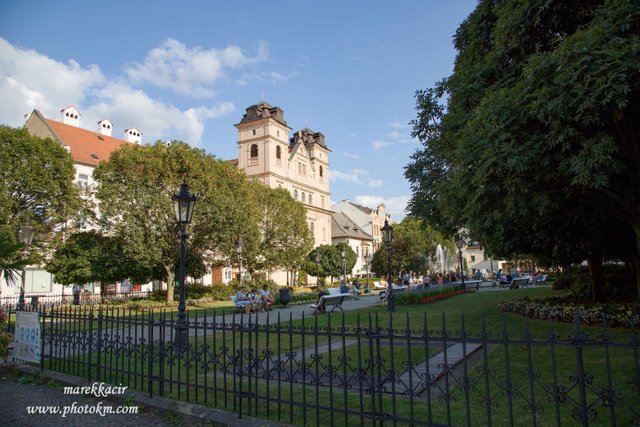
The first written mention dates from 1230, but the city is older. Košice became a city after 1241. At that time, King Belo IV. supported the re-settlement of Hungary after the Mongol invasion. As a result, the people of Saxon Germany came to the city.

The city was actively involved in politics and in the fighting. In 1312, the city sided with King Charles Robert of Anjou in the fight for the Hungarian throne. They armed their troops and defeated Omodej Abu and Matúš Čák Trenčianský in the Battle of Rozhanovce alongside the king. The city has earned several privileges for this support.
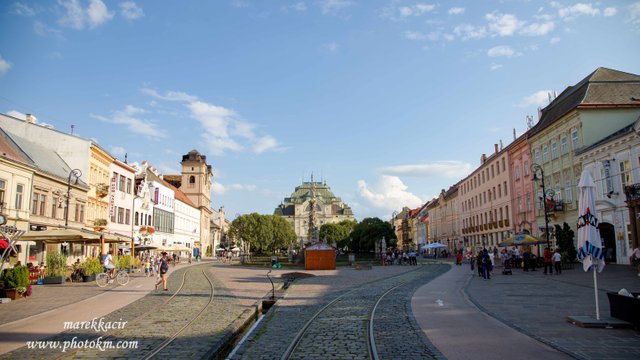
The city gradually gained in importance. It boasts the oldest documented city coat of arms in Europe. It acquired it in 1369. It became the second most important city in the Kingdom of Hungary with the same rights as Buda and was one of the largest cities in Europe. Košice was the cultural, craft and commercial center of Upper Hungary.
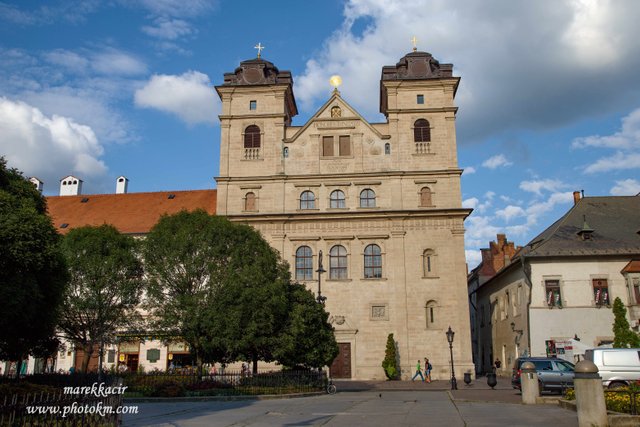
From the 16th century, the situation changed and Košice became the center of the anti-Habsburg estate uprisings. The most important of these was the uprising of Francis II. Rákoci in the years 1703-1711. Almost the whole of Upper Hungary managed to control it.
After the First World War and the disintegration of Austria-Hungary, the Czech-Slovak Republic was established, of which Košice became a part. However, it did not take long, because during the Second World War, Czechoslovakia disintegrated and the city fell to the Kingdom of Hungary.
In 1945, after the liberation of the city by the Red Army, the first post-war Czech-Slovak government was formed here and the Košice government program was announced.
In short, Košice is a city worth visiting.
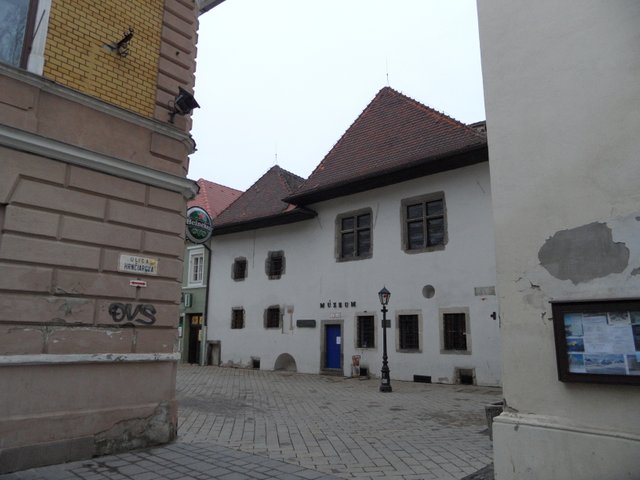
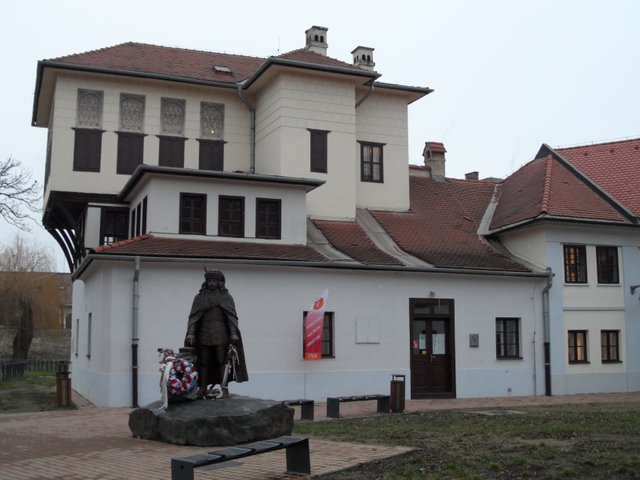
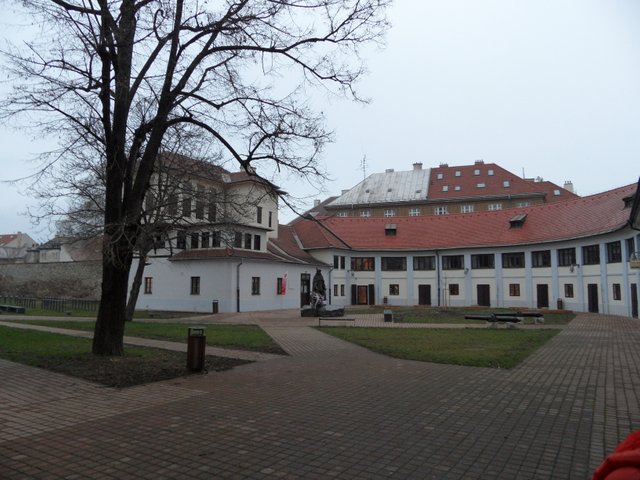
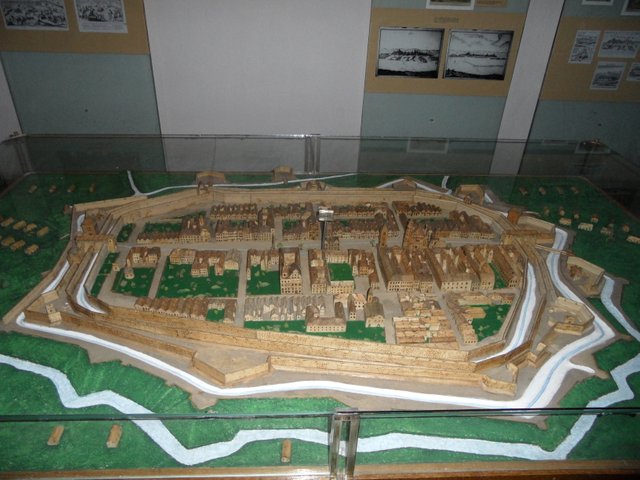
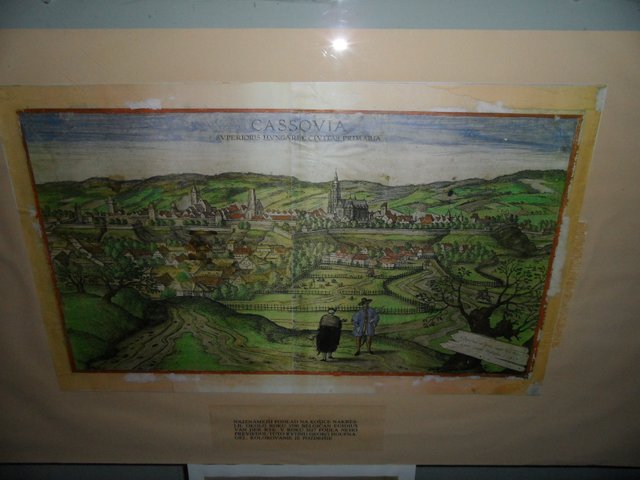
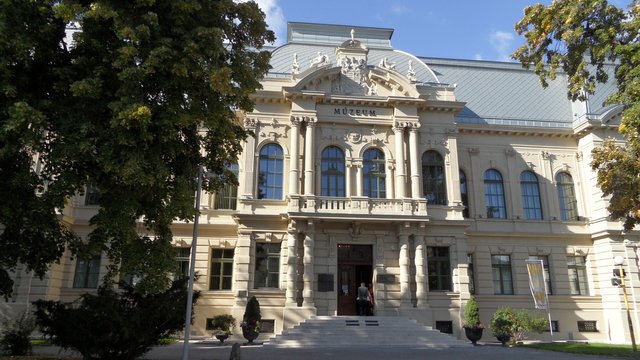
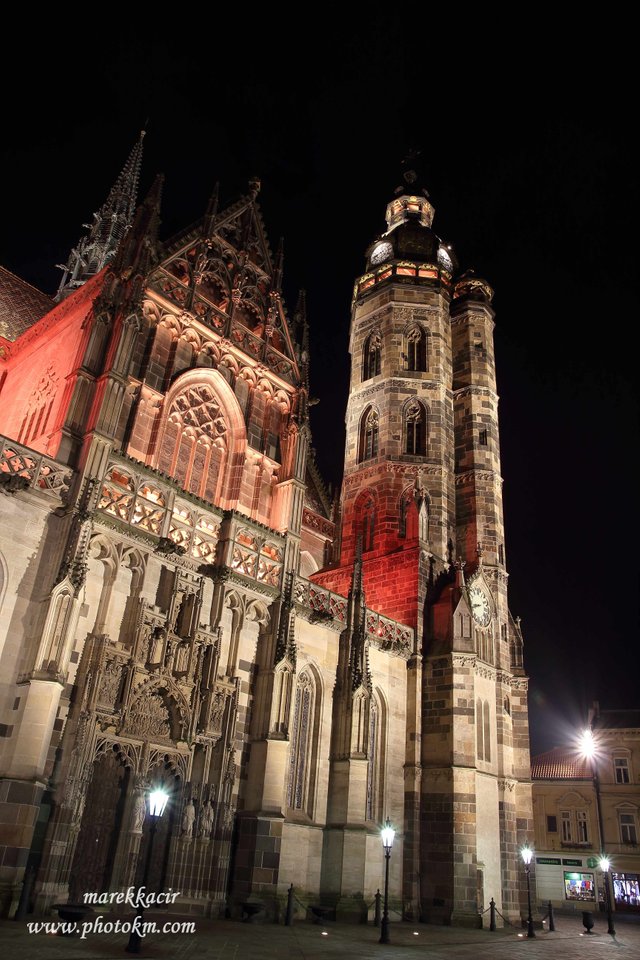
Thanks for sharing, greetings.
Muy hermosa ciudad, las imágenes nos permiten pasear contigo. Muchísimo éxito y un abrazote @photoparadise
Thank you
I nominated this post in https://steemit.com/hive-185836/@xpilar/nominate-and-get-rewarded-15-trial-upvote-nomination-day-67
Thank you
#wox-bestpick of the day goes to @photoparadise
This post is nominated by @penyaircyber
Thank you
Hi @photoparadise, I really liked the white night event. It's nice that the museums stay open for a long time as part of this event. I feel sad when I can't catch museums open in the places I go on vacation. I did not know that Rákoczi lived in Turkey for a while. Since he lives in my country, I was interested and researched. The house he lived in Tekirdağ is still a museum. If I go to Tekirdağ, I'll visit his museum.
It is remarkable and important that Europe's oldest city crest belongs to this city.
Thanks a lot for your Košice post, we got to know this beautiful city with a rich history and impressive architecture :)
Thank you